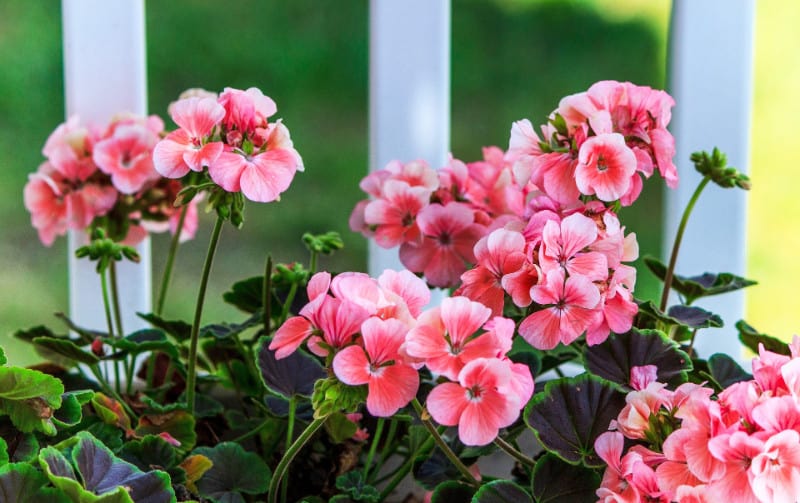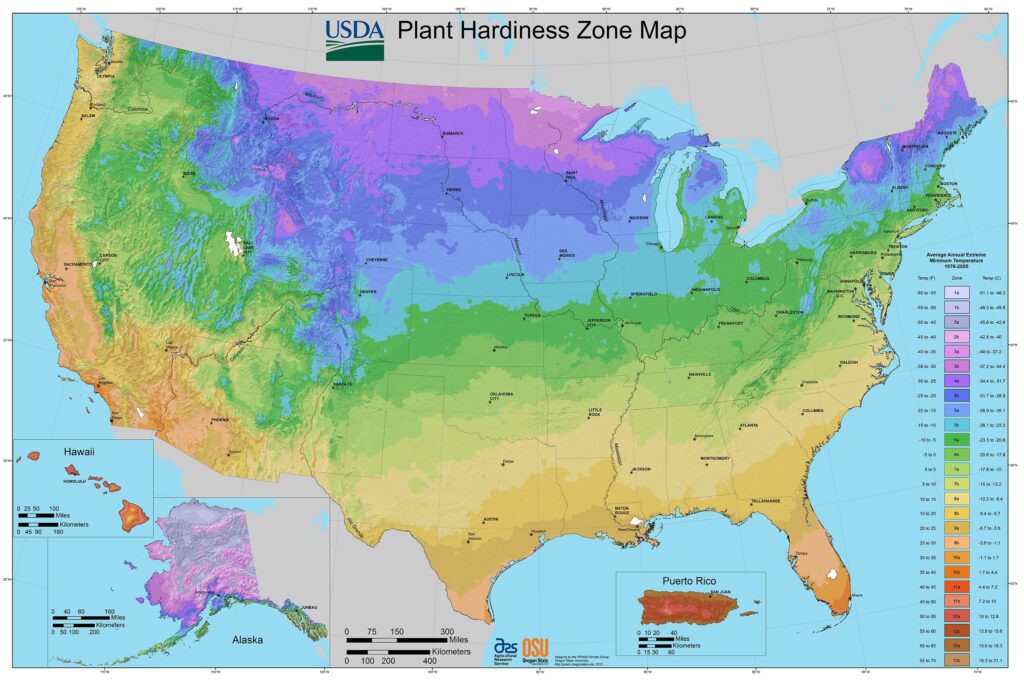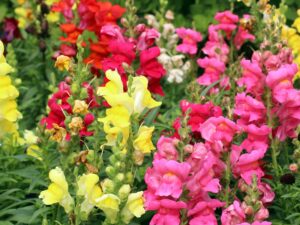Geraniums are a favorite flower for gardeners and non-gardeners alike. Their bright blooms add pops of color to any setting, and they’re relatively easy to grow. If you’re new to gardening or just want to learn more about geranium care, read on for tips on how to keep your Geraniums looking their best.
Best Geranium Varieties
| Image | Name | Rating | Shop |
|---|---|---|---|
 | Outsidepride Geranium Pink Bicolor | ||
 | Mixed Geranium Flower Seeds | ||
 | Colorful Geranium Perennial Tapestry Mix |
How to Grow and Care for Geraniums
Geranium Hardiness Zones
Geraniums are perennials in zones 5-8. In zone 4, they will die back to the ground in the winter but return in the spring. In colder areas, they can be grown as annuals.
How Much Sun Do Geraniums Need
Geraniums will do best with morning or afternoon sun exposure. Too much direct sunlight can cause the plants to wilt and the blooms to fade. If your plants are in a shady area, provide some bright light for at least a couple of hours per day; either morning or late afternoon sun will work.
Geranium Soil Requirements
Geraniums need moist, fertile soil to thrive. That means the soil should be high in organic matter and able to retain moisture. If your soil is dry or sandy, you can improve it by adding compost or other organic matter. You should also make sure the planting bed is well-drained to prevent root rot.
Geranium Soil pH
Geraniums thrive in acidic soil with a pH of 4.5 to 6.8. If your soil is too alkaline, your geraniums will suffer. The leaves will start to yellow and the plant will become less vivid overall. If you want to know if your soil is too alkaline to grow geraniums you can get a pH test kit (Click Here).
Geranium Plant Spacing
When planting geraniums, be sure to space them 2.5 feet apart. If you are growing them in containers, use a pot that is at least 18 inches deep and 12 inches wide.
Geranium Temperature Requirements
Geraniums are cold tolerant and they don’t like excessive heat. In warmer climates, it’s best to grow them in containers so you can move them into the shade during the hottest part of the day.
Geranium Fertilizer Requirements
Geraniums are relatively light feeders but they will appreciate a mid-season feeding. Holly-Tone is a great fertilizer for geraniums since it is acidic and it provides just the right amount of nutrients for your plants. Just be sure to follow the directions on the package so you don’t overdo it.
Geranium Water Requirements
Geraniums are drought tolerant when planted in shade, and they will need minimal supplemental watering. However, if they get too much sun, they will need to be watered more frequently. A good rule of thumb is to water them when the soil they are growing in feels dry to the touch.
Geranium Humidity Requirements
Geraniums are quite tolerant of high humidity conditions – meaning that they can withstand being in relatively moist environments without too much difficulty. However, it’s important to remember that too much humidity can still be detrimental to these plants, so don’t place them in overly humid locations or they may start to show signs of disease and stress.
Geranium Pests
Spider mites are a common pest of geraniums. They are tiny, spider-like creatures that feed on the sap of plants, which can cause leaves to turn yellow and eventually die. The best way to control spider mites is by using insecticidal soap or you can release spider mite predators (Learn More)
Geranium Diseases
Geraniums are susceptible to a variety of diseases, including mold, mildew, and leaf blight. To help prevent these diseases, make sure your plants are getting plenty of sunlight and air circulation, and water them regularly but not excessively. If your plants do develop mold or mildew, remove the affected parts of the plant and dispose of them to prevent the fungus from spreading.
















